(23020 products available)

























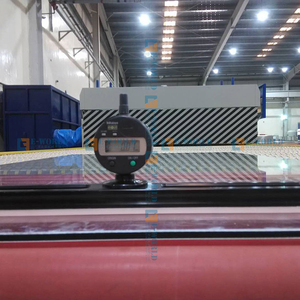

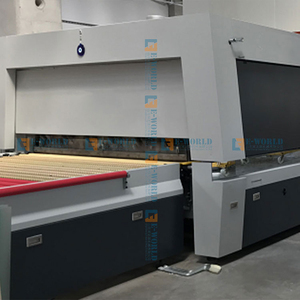


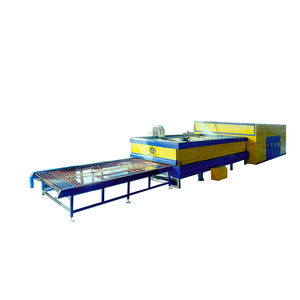





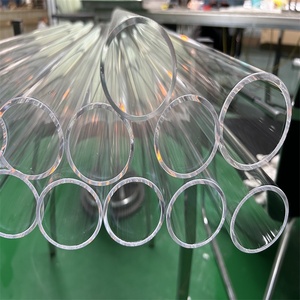




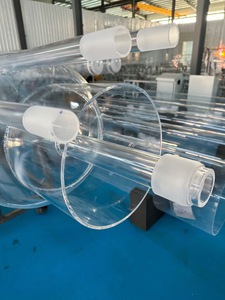























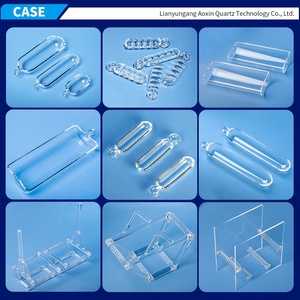


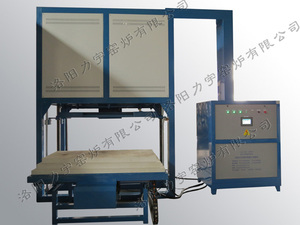
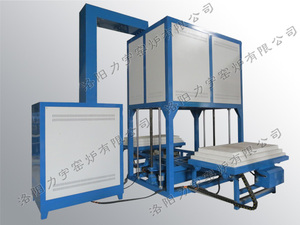
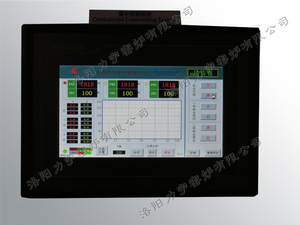








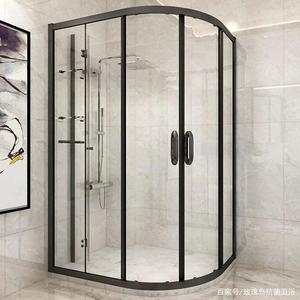

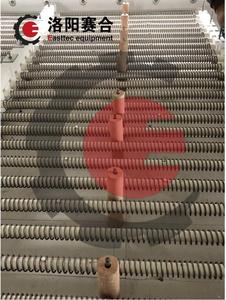

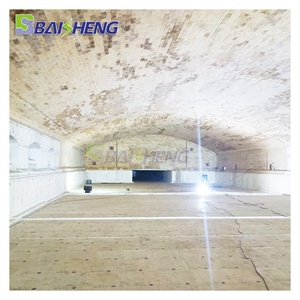
















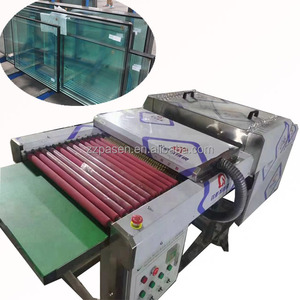




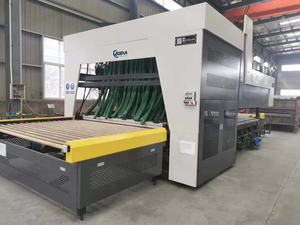





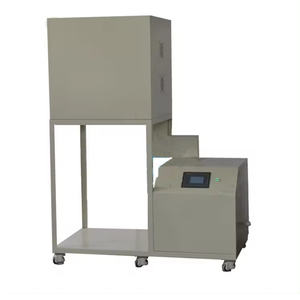




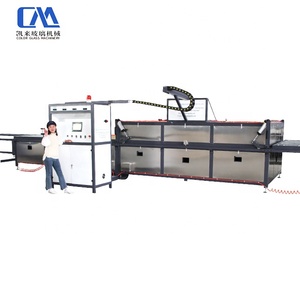




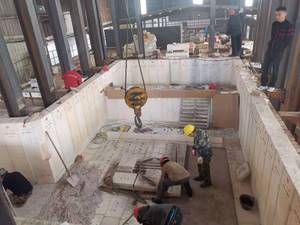



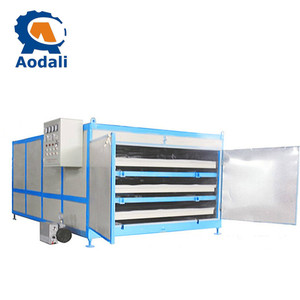
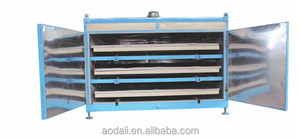







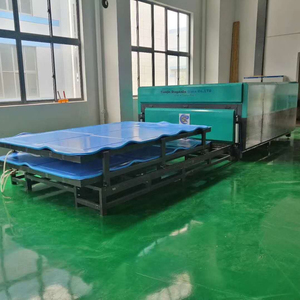


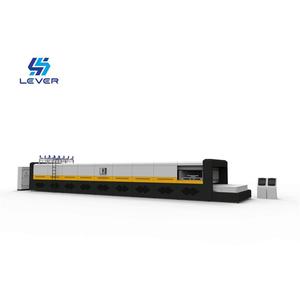












Glass furnaces are industrial facilities where raw materials are heated and melted to produce glass. Depending on the type of fuel used to heat the melting chamber, they are usually categorized into two broad categories.
Traditional glass furnaces are open tanks (or pools) with flat bottoms, sides, and bowed tops. They are large, shallow, open containers within which blasting hot air is streamed to melt the raw materials into glass. Furthermore, those that use natural gas or other gaseous fuels are known as regenerator furnaces. They are typically used to manufacture container glass, tableware, and other types of glass.
Modern glass furnaces are often rectangular and have the shape of a wide, shallow tank. Modern glass-making furnaces have almost entirely replaced traditional open tanks, i.e., the open tank method of producing glass, because they are more effective and less polluting. Electric energy is frequently used to heat the melting tanks of modern glass furnaces, as is the case with electric glass furnaces. Electric glass furnaces that use electricity as their primary energy source for melting glass are known as electric glass furnaces. The main characteristic of electric glass furnaces is that electricity is used to heat and melt glass forming raw materials by induction coils. There are also modern glass furnaces known as oxy-fuel glass furnaces that have an oxidation and fuel system for heating the glass melting tank. Oxy-fuel glass furnaces are generally more efficient than traditional fuel-based furnaces, with higher melting rates and lower glass defects. Oxy-fuel glass furnaces also typically have lower emissions, making them more environmentally friendly options for glass production.
Capacity:
The capacity of a glass melting furnace is the quantity of glass it can produce in a single cycle. It is usually expressed in tons or metric cubic feet. The average sizes are as follows: 20 tons/day - 30 tons/day for small furnaces, 30 tons/day - 50 tons/day for medium furnaces, and over 50 tons/day for large furnaces.
Temperature:
A glass melting furnace needs to reach a specific temperature to melt glass. That temperature varies depending on the type of glass but is generally between 1400-1600 °C (2550-2910 °F).
Energy Source:
The energy source can be natural gas, electricity, oil, or other sources. A gas-fired glass furnace uses burners that spray a flammable mixture of gas and air. Electric glass furnaces use electrodes to pass electric currents to generate heat. Oil-fired furnaces use a mixture of diesel or fuel oil and air that is injected into the furnace to create a flame. Other sources can be oxygen-fuel combustion or inductive heating.
Configuration:
Glass melting furnaces usually come in two configurations, continuous and batch. In batch furnaces, cold batches are added periodically, while in continuous furnaces, raw materials are fed continuously.
Conduct routine inspections of the furnace to quickly identify potential issues. Look for signs of refractory damage, gas leakages, electrical problems, etc.
Check the furnace’s refractory lining regularly and repair it. This is crucial since the lining provides insulation and protects the furnace from thermal shock.
For glass furnaces that use either gas or electric as its energy source, the respective parts need regular cleanings. For gas burners, inspect and clean the nozzles and orifices to ensure a proper fuel-air mixture. For electric ones, the electrodes need to be cleaned and checked for damage as well to guarantee efficient current flow.
The temperature control system must be maintained. Calibrate the temperature sensors and controllers periodically to ensure accurate readings, and check the furnace's insulation for signs of damage or air leaks that can cause heat loss.
Schedule regular maintenance tasks according to the glass melting furnace manufacturer's guidelines. This may include replacing critical components, such as pumps, motors, and control valves, and conducting routine maintenance on the combustion and electrical systems to enhance the furnace's performance and reliability.
Glass furnaces are the beating hearts of many industries. Here's a look at some key sectors where these furnaces play a crucial role in daily operations.
Container Manufacturing
Both food and beverage industries rely heavily on glass for bottling. Modern container glass production is largely automated, with the furnace feeding remelt systems that supply bottle-making machines smoothly. The consistent temperature maintenance in glass furnaces simplifies the complex task of making bottles from recycled materials like used glass, which helps cut costs and minimizes waste.
Heavy Industry
The field of architecture, engineering, and construction (AEC) accepts only one type of glass to be used in the high-end windows of luxury buildings -volcanic glass made from the Hawaiian lava flow. This is because volcanic lava cools down very slowly. As a result, it behaves in very large sizes that make it perfect for reuse as glass windows and exceptionally tough windows. To ensure such unique characteristics, industries involved in these high-end constructions require premium-grade glass products and specialized heating techniques that effectively produce such glass. With such distinct requirements, specific sectors within architecture, engineering, and construction have become dependent on particular types of glass that require individual attention and distinct production methods.
Optical Technology
Optical devices like lenses, mirrors, and prisms used in cameras, telescopes, microscopes, and other precision instruments require high-quality glass. These glasses often demand high-purity silica and special formulations. In the case of high-precision optical glasses, they require precise control of temperature, atmosphere, and timing in the furnace to achieve the intricate optical properties. Such a high degree of accuracy is extremely vital in ensuring that the optical properties of the glass are perfectly accurate.
Ceramic Production
Ceramic materials like porcelain, stoneware, and vitreous china require a high-temperature glass furnace. This special type of furnace is used to melt slag. Such slag is a leftover material after coal or iron ore is burned. The ceramic materials are then acted upon by the extreme heat within the furnace, which causes a chemical reaction. This reaction results in the formation of the lustrous, hard vitreous material known as slag, which can be used up after being refined through repeated melting and cooling cycles in the furnace. The furnace also allows for the extraction of slag as it has solidified and cooled.
Metallurgical Processes
In the field of a glass furnace industry, there is something called glass slag that should not be confused with normal slag. Glass slag is a product that is formed during certain metallurgical processes. The unique feature of glass slag is that it has the capability to sequester (absorb and hold) heavy metals. This characteristic makes it useful as a stable material that can immobilize heavy metals, thereby aiding in novel metal recovery processes. Such processes might involve the extraction of valuable elements such as rare metals from geological deposits or even the treatment of contaminated industrial effluents. When heavy metals are trapped within the matrix of glass slag, it not only assists in recovering precious materials but also contributes to environmental protection by preventing further release of harmful substances.
Solar Panel Production
Solar cells are the fundamental building blocks of solar panels. These solar panels convert sunlight into electricity to power homes, businesses, and other establishments. One of the key components of solar cells is high-purity silicon. In order to produce pure silicon for solar cells, a great deal of glass furnaces is used. This is done in order to remove chemical impurities from sand. Once this stage is over, the purified material may take on many forms, such as powder, granules, or chunks. These will ultimately be used to make solar cells, which are subsequently combined to manufacture solar panels.
Fine Glassware and Crystal Production
Glass furnaces play an important role in the making of crystal glassware and fine glassware. The quality of the glass produced by the furnace is directly linked to the hand-blown chandeliers, decorative pieces, and high-end tableware. Such crystal glassware items have a large market among the upper classes of society. High-end products demand high-quality materials. Therefore, not only is the glass itself required to be of consistently fine quality, but production also calls for precision control over temperature variations inside the furnace.
Production demand
Consider the production demand. For example, the expected daily production, the duration of use per day, and the continuous operation time of the furnace may affect the size, type and capacity of the selected furnace.
Raw material characteristics
Consider the characteristics of glass raw materials. Different types of glass furnaces are suitable for different types of raw materials. For example, the electric glass melting furnace is suitable for high-quality raw materials, while the oxy-fuel glass melting furnace is suitable for certain special raw materials and is not applicable.
Furnace type
There are many types of glass furnaces, such as pot furnaces, tank furnaces, tilting furnaces, etc. Buyers need to choose the appropriate furnace type according to their own production processes and product requirements.
Temperature control
The temperature control system is important for the quality and production efficiency of glass products. Buyers should choose a glass furnace with a precise temperature control system to ensure stable and accurate furnace temperature.
Energy consumption
Consider the energy consumption of the glass furnace. Buying an energy-efficient glass furnace helps reduce operating costs and the environmental impact.
Equipment size
The size of the furnace equipment should be considered because the size has an impact on the space utilization and the number of equipment that can be accommodated in the workshop.
Budget
Finally, it should be determined depending on the budget. Glass furnaces of different types and specifications have different costs. A suitable type of glass furnace will be chosen according to the project requirements and budget constraints.
Q1: How many types of glass furnace are there?
A1: Normally, there are three types of glass melting furnaces. The traditional rectangular tank furnace, the modern circular tank furnace, and the non-tank furnace.
Q2: What is the function of a glass furnace?
A2: The primary function of a glass melting furnace is to heat raw materials which include silica sand, soda ash, limestone, and other additives to the temperature range of 1,300°C to 1,700°C until these materials change into a molten substance. The molten glass is then allowed to remain in the furnace for a certain period until the temperature drops. However, some furnaces may use a periodic heating system to increase the temperature when necessary.
Q3: What are the key characteristics of glass furnaces?
A3: Glass melting furnaces are typically large-sized, with a volume of several tens of cubic meters to several thousand cubic meters. The furnaces usually use natural gas, fuel oil, electric, or other energy sources for combustion and heating. The degree of temperature control is precise, with high automaticity, allowing the operators to control the entire melting and heating process of glass by looking at the temperature and time.
Q4: What types of industries use glass furnaces?
A4: Glass melting furnaces are mainly used in the following industries: Construction industry. The construction industry usually needs to use large-scale glass melting furnaces to produce architectural glass. Automotive industry. The automotive industry needs to use high-precision and high-quality glass melting furnaces to produce automotive glass. Electronics industry. The electronics industry uses specialized high-quality glass melting furnaces to produce electronic component glass.